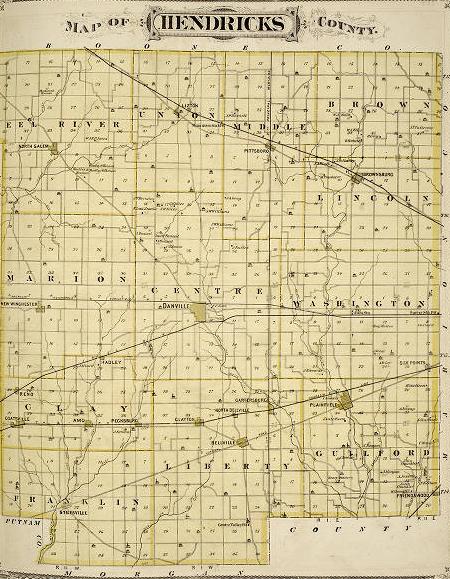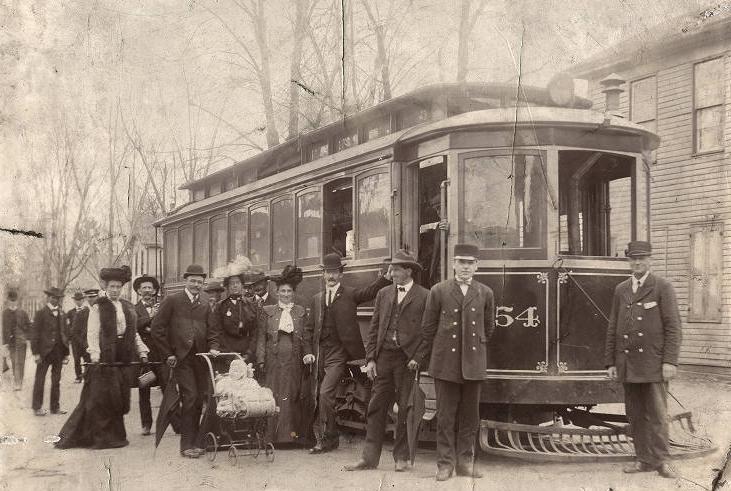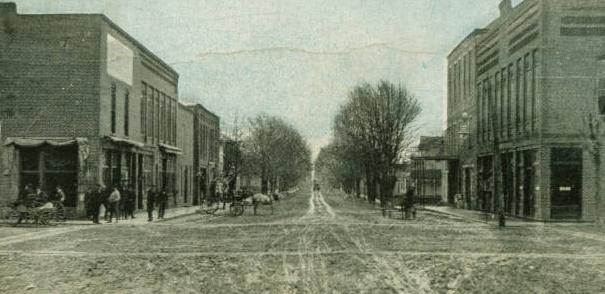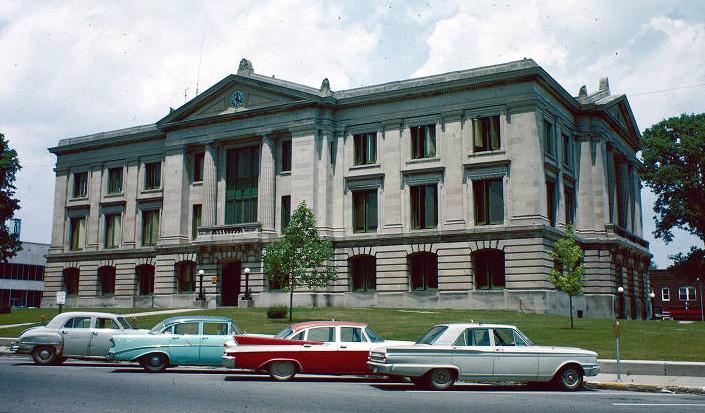Hendricks County is adjacent to Indianapolis-Marion County on the west and part of the Indianapolis-Carmel-Anderson Metropolitan Statistical Area (MSA). It is located directly west of the Indiana capital. It was named after Governor William Hendricks who was serving as governor at the time the county was platted in 1824.

In 1820, the families of Bartholomew Ramsey, Harris Bray, John W. Bryant, James Dunn, and Ezekiel Moore settled along the White Lick River in what is now Hendricks County. They came to the area by the Terre Haute Trail, a path that led to settlements along the Wabash River. Soon Hendricks County had a population of over 1,000. The county, organized in 1824, chose Danville, near its geographic center, as the county seat, and opened a courthouse there in 1826.
The land in northeastern Hendricks County was swampy and uninhabitable, but the rest of the county had been settled by 1840. The Cumberland Road later called the , came through the southern part of the county in 1830 and contributed to the rapid settlement and development of that area. Businesses established along the National Road served the constant stream of travelers and hog drovers.

By the late 1830s, 150,000 hogs passed through Hendricks County annually. Residents profited from these drives by operating stock stands and renting rooms to travelers. In 1839 the Quakers who originally settled the area platted the town of on the National Road in the southeastern part of the county. The small town quickly became an important Quaker center, and the Western Yearly Meeting of Friends was established there in 1858 to serve northwestern Indiana and Illinois.
In the 1840s, Hendricks County citizens hired a group of Irish immigrants to drain the swampy land in the northeastern townships. The workers constructed wood-lined ditches employed in their native land to channel water off the land. The area was quickly transformed into excellent farmland and soon was traversed by railroads and the system. The Indianapolis and Terre Haute Railroad, also called the Vandalia Line, connected Plainfield to Indianapolis in the 1880s and provided Guilford Township farmers with easy access to Indianapolis .

Four Interurban lines provided Hendricks County residents easy access to Indianapolis in the early 1900s, and area farmers used the Interurban system to ship livestock and produce to markets all over the Midwest. The completion of the Indianapolis and St. Louis Railroad through Danville in 1880 spurred economic growth in the county seat.
In 1878, ambitious Danville citizens lured Central Normal College from its home in Montgomery County. The school grew steadily in Danville, peaking at 1,500 students in the late 1890s. Central Normal College continued with enrollments over 1,000 through the first quarter of this century, but its fortunes declined shortly before World War II. The school went bankrupt and closed its doors in 1951. As Indianapolis expanded after the conflict, suburban tracts developed throughout the eastern half of the county. Danville, once the largest town in the county, has not grown as quickly as its neighbors to the east.
In 1958, Indianapolis businessman and philanthropist began to develop land directly west of Indianapolis on 267 acres bordering Marion and Hendricks Counties. Binford led a group of 14 local businessmen to build a sports complex that would focus on auto racing. The result was the , which opened in 1960. In contrast to the existing , which catered to open-wheel racing events on its 2.5-mile oval track, the Indianapolis Raceway Park hosted the National Hot Rod Association (NHRA) drag races with its 0.25-mile drag strip. Later, a 2.5-mile road course was added, which has fallen to disrepair.
In 1988, significant renovations to the track improved the speed drag racers achieved. From 2006 to 2010 naming rights to the sports complex were awarded to O’Reilly Auto Parts. Those naming rights were awarded to Lucas Oil Products in 2010. Lucas Oil has made significant improvements by extending the drag strip from 1,320 feet t to 4,400 feet making it one of the premier drag strips for NHRA racers.

Hendricks County has experienced substantial growth since 2000. It ranks as the third-largest county in the . The county covers 406.9 square miles, which are distinctly suburban along the eastern border but rural within the center and western border.
Within county borders, lie 12 townships, 11 incorporated towns, and 19 unincorporated communities. Danville remains the county seat though in terms of population and total area the largest city is Plainfield with not far behind. Six school corporations serve the county’s educational needs.
One-third of workers living in Hendricks County work within the borders. Transportation and logistics are major industries with proximity to . Other industries include motorsports, life sciences, and health services.
A 12-mile north-south running closed-use-highway in the eastern portion of Hendricks County has contributed to much of its growth. Plans to develop Ronald Reagan Parkway which runs through , Plainfield, and Brownsburg from I-70 to I-74 began in the 1980s.
Begun in 1996 and completed in 2017, the Parkway facilitated a high level of development, which includes flex tenant office space, light industrial warehouses, bulk warehousing and distributing related industrial uses, restricted heavy industrial uses, medical-related facilities, single-family residential developments, limited commercial strip development, and tourism spurred by Lucas Oil Raceway events.
Hendricks County government is a constitutional body. The county council is the legislative branch with elected representatives serving four-year terms. A board of commissioners serves as the executive body. Commissioners are elected in staggered four-year terms with the senior-most member serving as president. An elected judge serving a four-year term oversees a small claims court with an elected constable who serves as the judge’s assistant, also serving a four-year term. Other four-year term elected county officials include sheriff, coroner, auditor, treasurer, recorder, surveyor, and circuit county clerk.

Is this your community?
Do you have photos or stories?
Contribute to this page by emailing us your suggestions.